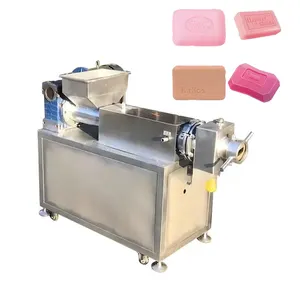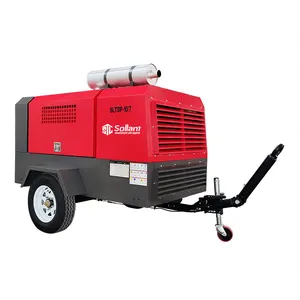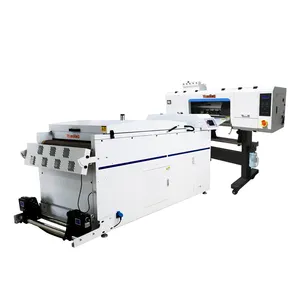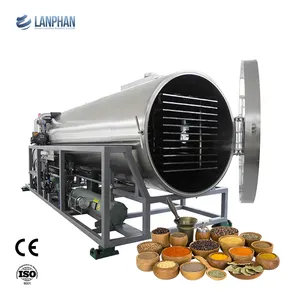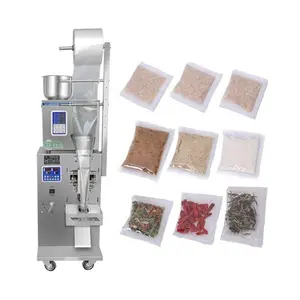Popular in your industry






































































Related Searches:
























































































































Top categories
About automatic embossing machine
The Role of Embossing Machines in Automated Operations
Embossing machines tailored for automated operations are sophisticated devices engineered to imprint raised or recessed designs onto a variety of materials. These devices play a pivotal role in the realms of printing and packaging, where they impart texture, enhance visual appeal, and bolster brand identity on products. The embossing technique involves the creation of a relief pattern on substrates such as paper, plastic, or metal, which may subsequently be adorned or utilized for printing, labeling, and additional purposes.
The underlying concept of an embossing machine is quite elementary. It exerts pressure and heat to mold a material into a die that bears the intended pattern. This die is a reverse mold of the design to be embossed. As the material is forced into the die, the design is imprinted onto it, resulting in an elevated motif. Depending on the material in question and the desired outcome, this process can be executed using either a hot or cold press.
Embossing machines are procurable in a spectrum of configurations, spanning manual, semi-automatic, to fully automatic variants. Manual machines necessitate human oversight for operation, rendering them suitable for smaller-scale endeavors or detailed designs where precision is of the essence. In contrast, semi-automatic and fully automatic machines deliver heightened production throughput and uniformity, indispensable for mass production settings.
Diverse Embossing Machines for Automated Operations
A multitude of embossing machine types are available to serve the distinct demands of various sectors. Below are some prevalent models:
-
Rotary Embossing Machine: Characterized by a rotating cylindrical die, this model is adept at generating continuous patterns, commonly employed for materials like paper or slim plastics.
-
Roller Embossing Machine: Utilizing a duo of rollers, this machine impresses patterns onto materials as they traverse between them, ideal for denser substances such as leather or thick paper.
-
Hot Stamping Machine: Also referred to as a hot foil stamping machine, it employs heat to transfer color from a foil to the substrate, frequently used to add lustrous metallic accents to products or their packaging.
-
Flatbed Printer: This printer secures the material while an ink-laden plate descends upon it, apt for printing on inflexible materials like wood or metal.
-
Tube Printer: Specially crafted for cylindrical items, tube printers employ a rotational mechanism to apply a continuous design around the object, perfect for branding pipes or containers with serial numbers or emblems.
Selecting an Embossing Machine for Automated Operations
Identifying the optimal embossing machine for automated operations requires contemplation of several factors that should be in sync with your business's unique needs:
-
Material Compatibility: Ascertain that the machine is adept at embossing the material you plan to work with. For instance, if delicate fabrics are your medium, seek a machine with modifiable pressure settings.
-
Embossing Size Requirements: Account for the dimensions of the items you aim to emboss. Machines are available in an array of sizes, each capable of handling different embossed pattern dimensions.
-
Production Volume: Your embossing volume should steer your choice. High-volume production calls for a more durable machine with enhanced speed.
-
Level of Automation: Assess the degree of automation you require. Fully automatic machines yield high productivity but may entail a larger initial outlay. Semi-automatic and manual machines could be more economical for operations with lower volumes.
-
Customization Requirements: Certain enterprises may need bespoke patterns or designs. Opt for machines that accommodate customizable dies or templates.
Discovering Embossing Machines for Automated Operations on Alibaba.com
For enterprises in pursuit of dependable and proficient embossing solutions, Alibaba.com emerges as a leading wholesale marketplace, boasting a vast array of embossing machines designed to fulfill the diverse requirements of assorted industries. The platform's extensive reach facilitates connections between buyers and suppliers globally, enabling businesses to procure machines that not only satisfy their specific needs but also incorporate state-of-the-art technology for precise and elaborate tasks.
Alibaba.com streamlines the procurement journey with intuitive search functions that assist buyers in locating equipment based on core components, machinery test reports, voltage specifications, after-sales service offerings, and more. This granular search capability allows companies to pinpoint machines that match their operational prerequisites effortlessly.
Furthermore, Alibaba.com's Trade Assurance program adds a layer of security for purchasers by safeguarding payments until the confirmation of order completion. With a dedication to linking businesses with top-tier suppliers and promoting international trade with efficacy and dependability, Alibaba.com stands as the quintessential hub for sourcing embossing machines that will enhance your enterprise's branding or creative production standards.
Frequently Asked Questions About Embossing Machines for Automated Operations
What industrial uses does an embossing machine have?
An embossing machine is instrumental in crafting raised or sunken designs on a variety of materials, such as paper, cardboard, fabric, and select metals, to augment the aesthetic or tactile quality of products.
What is the operational mechanism of an embossing machine?
An embossing machine operates by harnessing a blend of pressure and heat to embed designs into materials, yielding a pattern that is both visually striking and enduring.
Is an embossing machine versatile enough for all materials?
While embossing machines are adaptable to numerous materials, selecting a machine with appropriate rollers and plates for the material you wish to emboss is crucial.
What considerations are important when selecting the plate type for my embossing machine?
When choosing the plate type, factor in the material you'll be working with and the intended result; flatbed plates are optimal for sheet materials, whereas roll-to-roll plates are preferable for ongoing designs that require a seamless pattern.
What are the safety concerns associated with embossing machines?
Indeed, adhering to safety protocols and guidelines is vital when operating an embossing machine to avert mishaps and ensure the well-being of both the operator and the machinery.
How should I determine the appropriate motor size for my embossing machine?
Select a motor size that aligns with the voltage and frequency standards of your locale. Common motor sizes include 220v or 380v.
What kind of after-sales services are typically offered with an embossing machine purchase?
Post-sale services may encompass online assistance, video technical support, and the availability of engineers for overseas machinery servicing. Confirm the specifics of support with the supplier prior to acquisition.
Can an embossing machine be utilized for both hot foil printing and embossing?
Many embossing machines are engineered to perform both hot foil printing and embossing functions, but verifying this dual capability with the supplier beforehand is essential.
What factors should be weighed when selecting an embossing machine for garment shops?
For garment shops, consider the machine's compatibility with various fabric types, operational simplicity, maintenance demands, and its suitability for both small and large production scales.
What is the duration required to emboss a design with an embossing machine?
The time required to emboss a design can vary based on the design's intricacy and the machine's type; nonetheless, contemporary machines are designed for expeditious performance and can yield swift outcomes.

